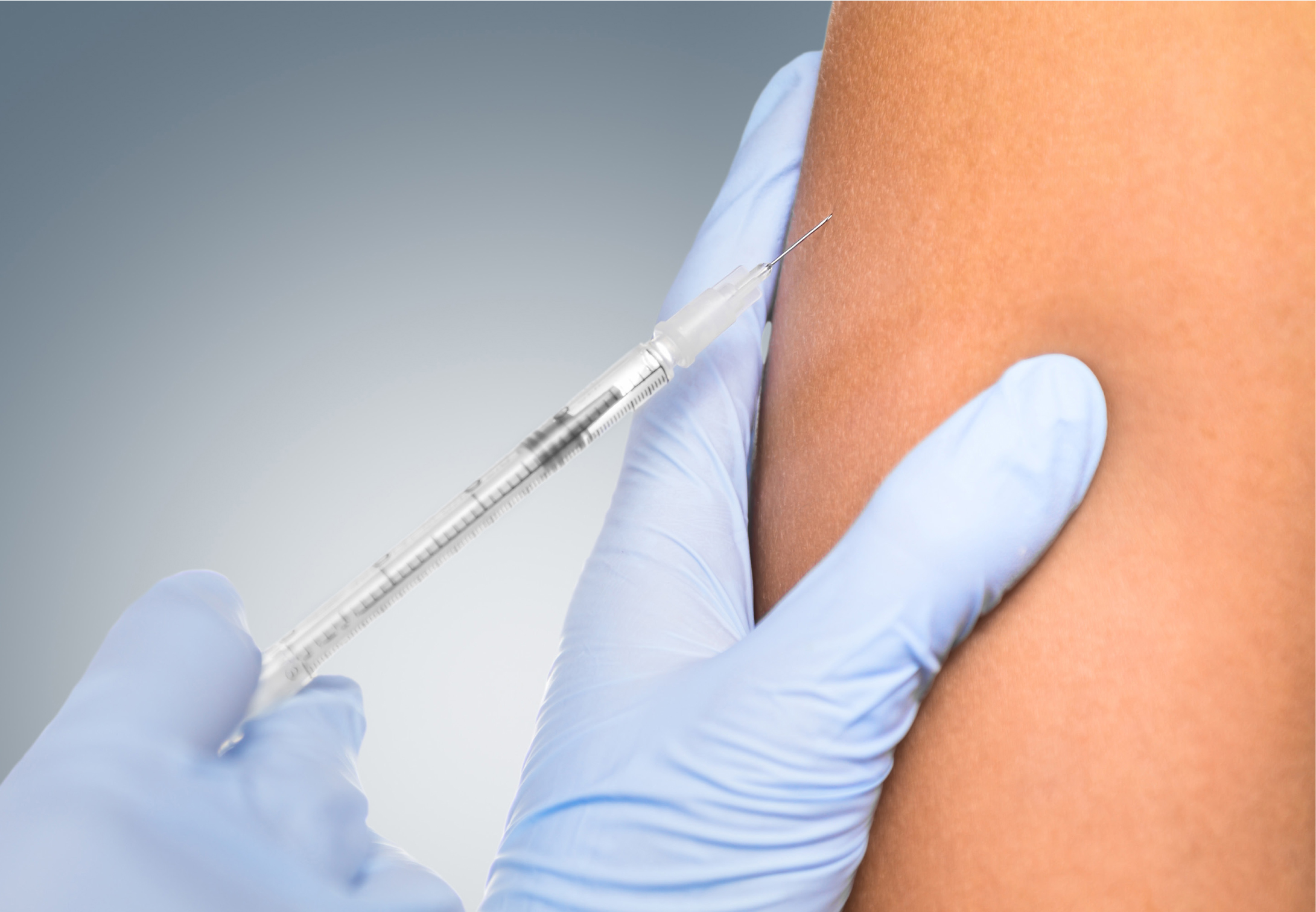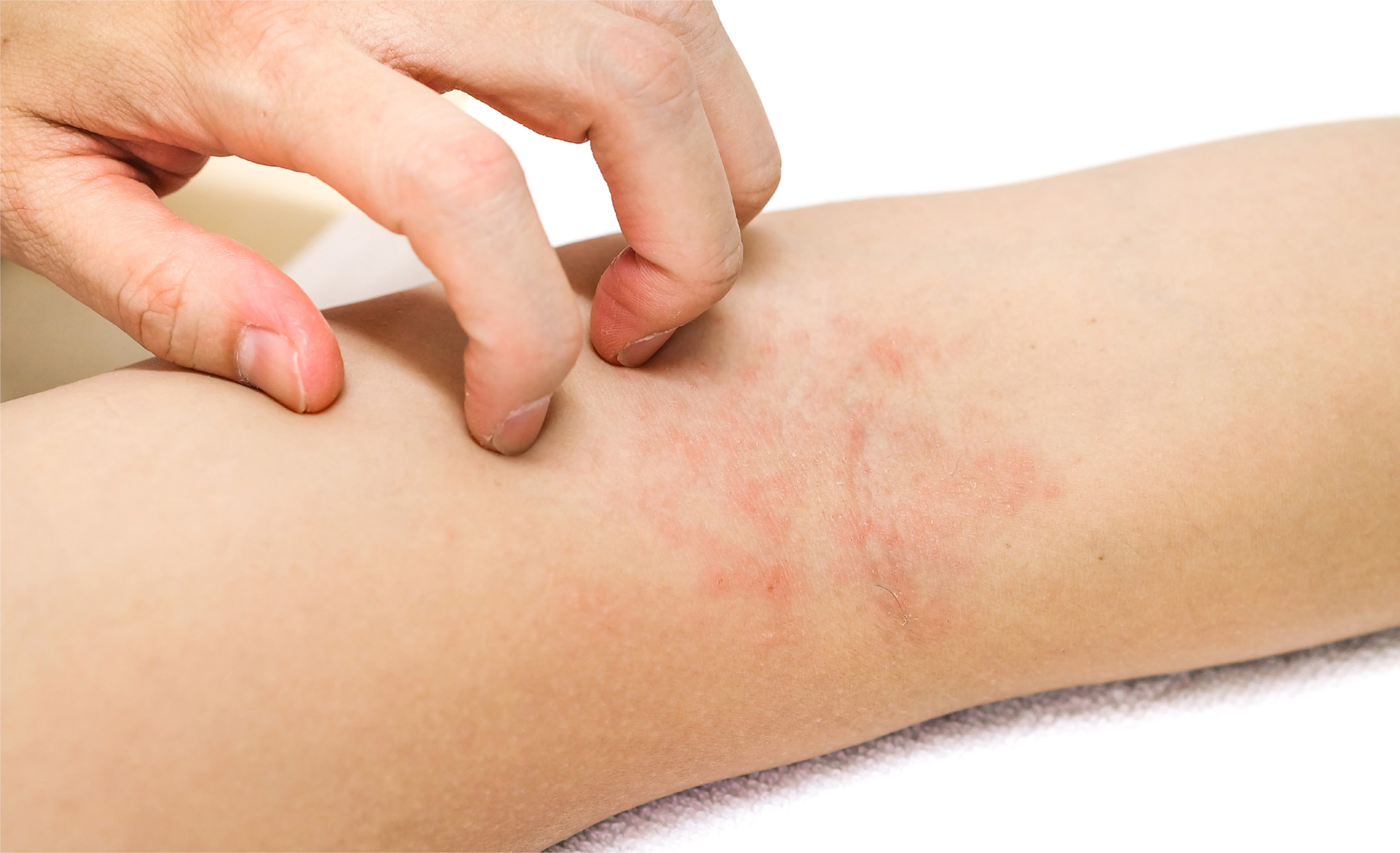

When completing training in facial aesthetics over 20 years ago, the author recalls that there was no mention of complications, let alone how to manage them. Now, avoiding and managing complications should be at the forefront of education in this sector. There has been a rise in the number of complications (Adatia and Boscarino, 2021) due to:
- More procedures being performed
- Better reporting of complications
- More aesthetic practitioners (both medical and non-medical)
- More choice of products
- Unrealistic expectations from both the patient and practitioner.
While complications are rising, it is safer to avoid them, rather than simply manage them. The author recommends following the five Ps to reduce the chances of a complication occurring:
- Patient: are you happy to see this patient? Have you built rapport with them, and do they have realistic expectations of the treatment outcome?
- Practitioner: only treat the patient if you have the right experience and can achieve their desired expectations
- Product: make sure that the correct product, with the properties required to deliver the result in a safe manner, is used
- Plane: ensure that you are injecting in the right plane (superficial, medium or deep)
- Precision: are you confident enough to first know when to use a needle or cannula and competent enough to use either?
In regard to managing complications, there are an array of articles, protocols and templates available within the medical aesthetics sector. However, there is no standardised agreement. In this article, the author will focus on two aspects of managing complications: capillary refill time (CRT) and patch testing. CRT is the time taken for a distal capillary bed to regain its colour after pressure has been applied to cause blanching. It was first introduced by Beecher et al (1947), using the categories of normal, definite slowing and very sluggish (Pickard et al, 2011). In a suspected vascular occlusion or vascular compromise, slow capillary refill is one of the signs and symptoms. However, this alone should not be used to diagnose; the practitioner would need to consider the other possible immediate signs and symptoms, such as pain, blanching and/or discolouration of the skin and a livedo pattern.
Medical practitioners need a baseline to refer to for complications. One (preferred) option is to perform the CRT before treating the area you intend to inject. This can be performed with no stress, with time and on several occasions. It should be recorded in the patient's notes. When a vascular occlusion is suspected, perform the CRT and compare it to the previous noted reading. The second alternative is, if the pre-procedure CRT is forgotten, to do one on the opposite side of the face where the suspected vascular occlusion is. However, if this is done during a highly stressful time such as this, it may not be as accurate. The upper limit of normal for CRT is 2 seconds (Baraff, 1993).
In a suspected vascular occlusion, it is hypothesised that alterations in distal capillary bed perfusion will affect the measurement of CRT by altering the time for the distal capillaries to become refilled with blood (Pickard et al, 2011). It is important to note that there are no current publications directly supporting this theory. However, there are many factors that affect CRT, including:
- Age: studies have found a wider variation of CRT, with an average increase of CRT of 3.3% per decade of age (Anderson et al, 2008)
- Temperature: CRT decreased by 1.2% per degree Celsius increase in ambient temperature (Anderson et al, 2008)
- Ambient light: poor light conditions make it difficult to assess CRT. In daylight conditions (partly cloudy day, approximately 4000 lux), CRT was reported as normal in 94.2% of healthy participants, compared with only 31.7% of the same participants in dark conditions (moonlight or streetlamp, approximately 3 lux) (Brown et al, 1994)
- Pressure application: there is no universal agreement on the optimal duration and amount of pressure or site used when assessing CRT. It has been suggested that moderate pressure should be applied for 3 seconds (World Health Organization (WHO), 2000), 5 seconds (Schriger and Baraff, 1988) or until the capillary bed blanches (Steiner et al, 2004).
» Both capillary refill time and intradermal tests are not 100% foolproof, as both false positive and negative outcomes are possible. Therefore, they should not be solely relied upon, and a number of diagnostic tools should be used «
Patch tests
Among colleagues, there is big debate regarding the validity and usefulness of patch tests when administering hyaluronidase for treatment complications. Hyaluronidase is a protein that breaks down hyaluronic acid and has an immediate action (Almeida et al, 2015). When using hyaluronidase, a number of factors need to be considered, including:
- Dose
- Frequency of administration
- Depth of injection
- Drug interactions (Dunn et al, 2010)
- Patch test.
A patch test is a diagnostic method used to determine which specific substances cause allergic inflammation of a patient's skin. It helps to identify which substances may be causing a delayed-type allergic reaction in a patient and may identify allergens not identified by blood testing or skin-prick testing. However, even though the term ‘patch test’ is generally used in the aesthetics sector, it is not actually a patch test that is being performed—it is an intradermal test.
Using hyaluronidase
While studies have reported hypersensitivity reactions to either hyaluronidase or sodium chloride (benzyl alcohol) (Schnuch et al, 2007), the incidence of localised reactions to hyaluronidase is extremely low, with reports of 0.05% to 0.69% (Jung, 2020). Nevertheless, all of the variables associated with this intradermal test need to be considered, including how much hyaluronidase to inject and how long to wait for a reaction. Generally, a reaction could occur immediately to within 72 hours (Cavallini et al, 2013).

The author's preferred protocol is as follows: 1500IU of hyaluronidase is diluted in a 10ml saline solution, with each ml containing up to 150IU. Then, 0.1ml of this dilution is injected subcutaneously into the forearm. The patient is kept in the clinic for an average of 60 minutes. Any reaction (for example, itching, swelling and/or redness) at the injection point signifies that the patient should not receive treatment.
Carrying out an intradermal test
When carrying out an intradermal test, there are two possible hypersensitivity outcomes.
Type 1 hypersensitivity
Immediate reactions are particularly marked by oedema, rash, itching, pain, respiratory distress, nausea, vomiting and hypotension. These reactions require immediate medical treatment. Immediate reactions, such as anaphylactic shock, general urticaria and respiratory distress, usually appear after intravascular injection and have been described during hyaluronidase–chemotherapeutic agent injections for cancer. Clinical symptoms of the allergic reaction are efficiently treated with corticoid injection, eventually associated with adrenaline and antihistamine.
Type 4 or delayed-type hypersensitivity
Type 4 hypersensitivity typically occurs at least 48 hours after exposure to an antigen. It involves activated T cells, which release cytokines and chemokines, as well as macrophages and cytotoxic CD8+ T.
Summary
In summary, medical practitioners must be able to confidently and quickly assess the seriousness of any complication arising and be able to adequately treat and manage it without hesitation. There is no judgement, and it is recommended that, where necessary, practitioners should refer to or seek the assistance of experts, such as post-hyaluronidase theory in a suspected vascular occlusion. Furthermore, be aware of and have on display the details of any emergency department that the patient will be accompanied to in a potential vascular occlusion case (once hyaluronidase has been administered).
Both CRT and intradermal tests are not 100% foolproof, as both false positive and negative outcomes are possible. Therefore, they should not be solely relied upon, and a number of diagnostic tools should be used before deciding on the best course of action.
To access free resources regarding complications, including the reconstitution of hyaluronidase, a dilutions guide and a video of an elective dissolve of lips with hyaluronidase, visit https://complications.botulinumtoxinclub.co.uk/treatwithhyalase.



